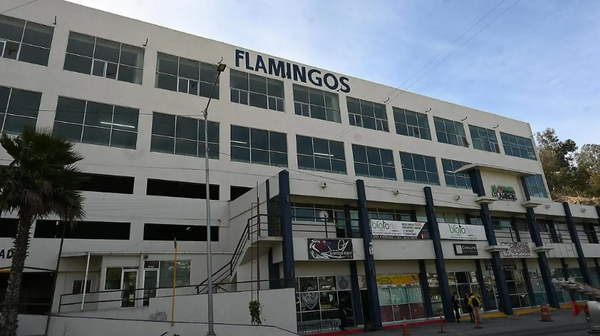
Hundreds of readers have shared their personal experiences of so-called “shrinkflation”; a strategy by food manufacturers to decrease the size of their products but not the price tag.
The technique avoids a sensitive price hike that attracts attention from customers, although it is evident from hundreds of readers’ responses that they are none too happy about downsized products either.
Shrinking jam jars were among the most cited food item by readers after a decision by well-known brands Cottee’s and Rose’s to reduce their 500g jams to 375g without an equivalent price reduction.
Both companies have built up long-term relationships with customers, with one reader disclosing she had bought Rose’s marmalade for 50 years.
“Same price, less product,” the reader said. “My husband and I grizzle about it every morning. Dishonest and disappointing.”
Another brand, Pears, was rebuked by readers for selling packs containing three bars of soap that are now 20% smaller.
Cottee’s owner, Kraft Heinz, Rose’s owner, Hain Daniels Group, and Pears owner, Unilever, were contacted for comment.
While shrinkflation has been around for decades, the inflationary period has sparked a wave of downsizing as food companies try to reclaim, or boost, profits amid rising costs.
Undersized products are treated as a price rise in inflation indicators, given the end result is that customers receive less for their money or need to buy more to compensate.
“While we don’t have exact figures available, it would be fair to say we’ve seen a rise in instances of this occurring,” a Bureau of Statistics spokesperson said.

Shrinking products are not consistently tracked and the food company only needs to display the new quantity accurately – even if it is clouded by “new and improved” packaging.
According to reader feedback, it is clear the social compact between shoppers and food companies is unravelling.
As household budgets tighten, supermarket profits have surged. And as shoppers look for reasonably priced goods in a cost-of-living crisis, many feel that food companies are trying to trick them.

One shopper noted the “audacity” of a supermarket putting a downsized marmalade jar in its low price promotions, despite it being more expensive than its predecessor.
Several consumers mentioned changes to the Dairy Farmers pure cream varieties, with the 600ml carton now replaced with a 500ml bottle. The owner, Bega, was contacted for comment.
Bulla Dairy Foods recently reduced its packs of choc bars from 10 to eight; but the price has stayed the same.
The Bulla chief executive, Allan Hood, said effort was made to ensure customers were not misled.
“It is our priority to ensure our customers know what they are buying at the time of purchase and despite the rising cost of ingredients, this is the only [item] in the Bulla portfolio to have a reduction in pack size,” Hood said.
Products that have been around for a long time tend to generate the most anger from customers when they downsize, given it rubs against their loyalty.
Shrinking packs of Ritz crackers, smaller Mars bars, cut-size Pringles and diminishing blocks of Cadbury chocolate were regularly criticised by readers.

A representative of Mondelēz International, which owns Ritz, blamed supply chains.
“The last few years have been extremely challenging for food manufacturers and like many, we have experienced significant supply chain challenges and absorbed rising commodity and input costs,” the representative said.
Shrinking products often retain their prior packaging, prompting one reader to suggest there must be a competition among corporates “to produce the largest box with the least edible content”.
It is also not just packaged contents that are getting smaller, with one Guardian reader adamant that “the rotisserie chicken has shrunk to a rotisserie pigeon”.
• This article was amended on 2 August 2023. A previous version contained an incorrect photo and a reference to a product (a packet of 10 eggs) that has not been subject to “shrinkflation”. Both have been removed.







